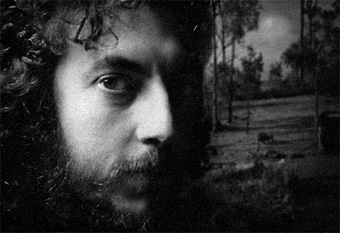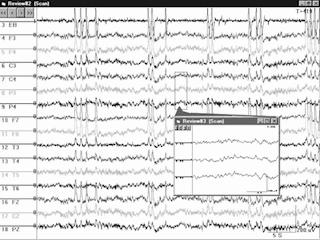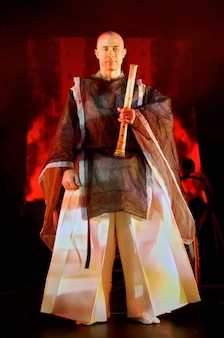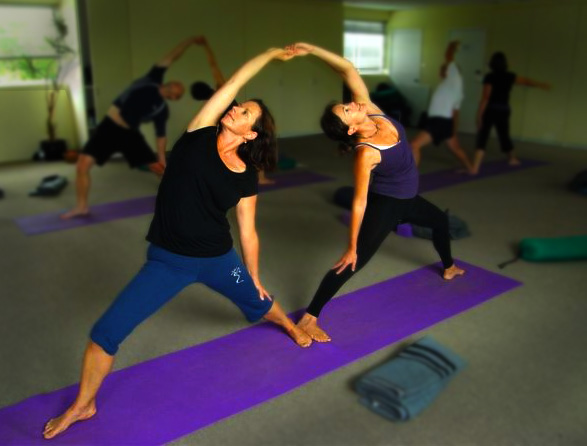THE CALM CENTRE HISTORY |
||||||||||||
|
In 1983 the Calm Centre was established in Sydney Australia by author, Paul Wilson as a meditation teaching, training and meeting place. In contrast with almost all other meditation resources available at that time, the Calm Centre presented a secular approach to meditation, on a face-to-face basis, at no charge.
In the mid-Eighties Paul Wilson’s meditation book The Calm Technique was released. Its success meant that his secular approach to meditation could now be broadened and disseminated more effectively through the media, rather than face-to-face in a physical centre. He began working in Europe, USA and, in 1990, in South East Asia. Because of his long absences, the Calm Centre re-established itself as a not-for-profit research group, largely funded by the profits from Paul Wilson’s books. It employed psychologists and electroencephalograph (EEG) technicians to explore the impact of meditation on long-term meditators. While the initial purpose of this was to prove or disprove some of meditation’s claimed benefits, the Calm Centre shifted its focus to using neurofeedback as a way of finding reproducible ways of achieving such benefits in more streamlined ways.
As an extension of these experiments, the Calm Centre introduced new technological streams to its research: particularly in the areas of computer software and sonic entrainment. It could be demonstrated that various combinations of light and sound frequencies could produce a meditative-like state in a passive user, a discovery that led to the development of a portable neurofeedback device called the Little Calm Machine.
During this phase composer, Colin Wilson, discovered that similar results could be achieved using musical harmonies alone, without the intrusion of electronic devices. This led to a number of recording ventures teaming up leading classical artists such as shakuhachi grandmaster, Dr Riley Lee with traditional artists such as didgeridoo player Matthew Doyle, with a band of contemporary musicians. The resultant 12 albums included titles such as Masters of Calm and Alone.
Today the Calm Centre is once again a teaching centre. Focusing on yoga, meditation and spiritual discussion.
|
|
||||||||||
Classes |
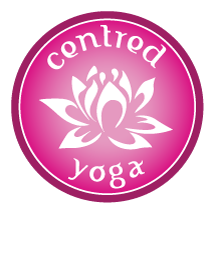 |
|||||||||||
|
|
